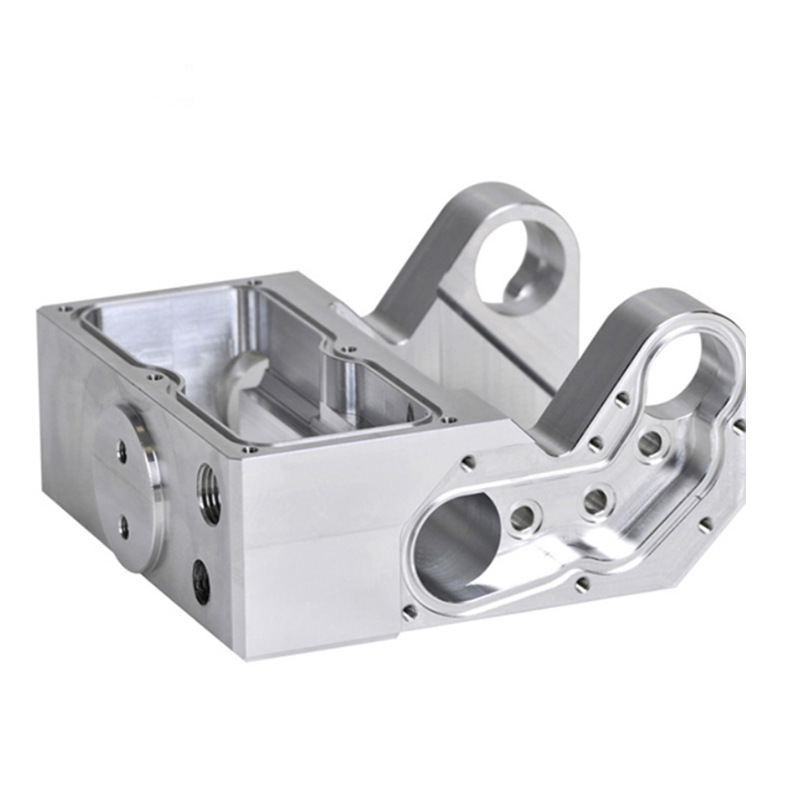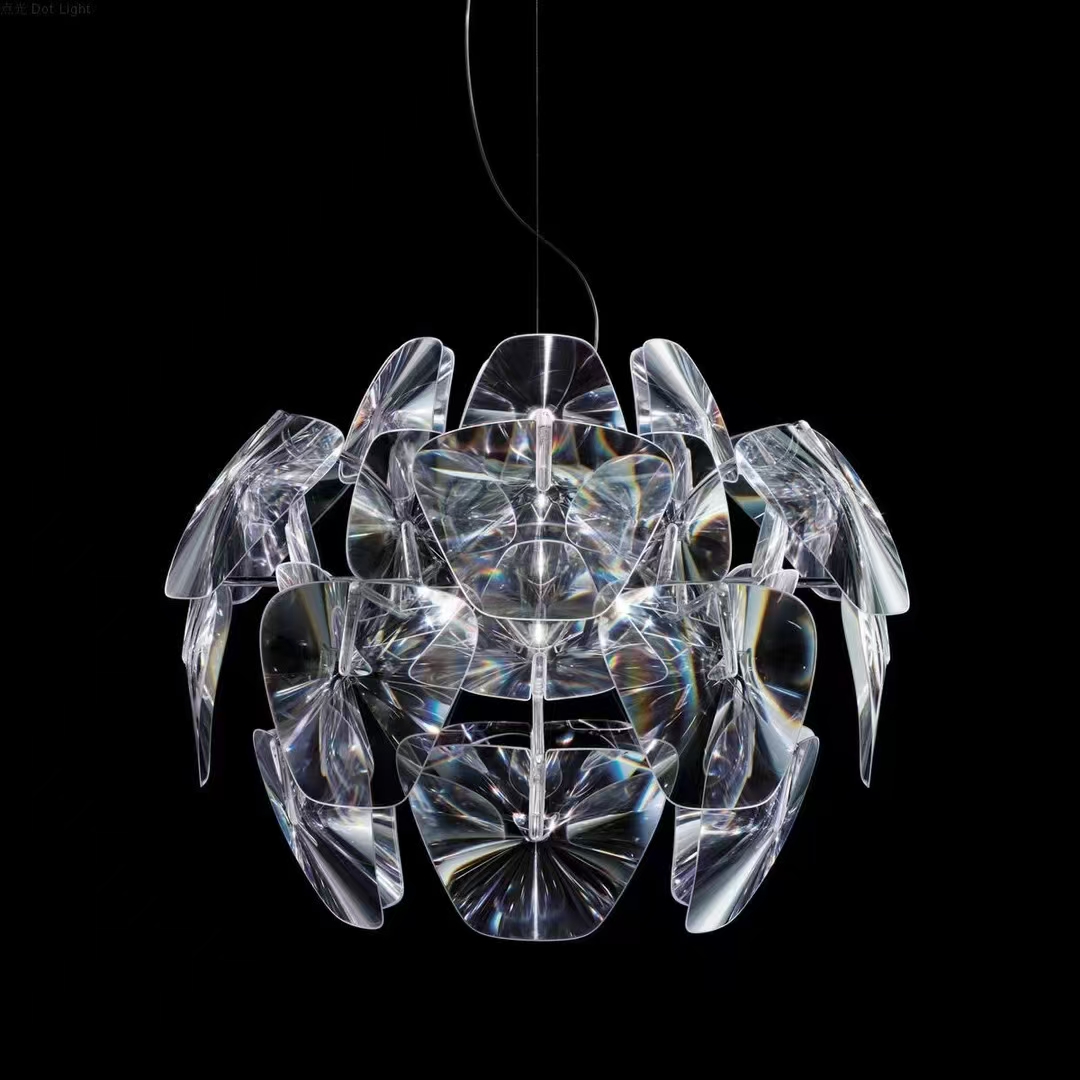Design Guidelines for CNC Milled Parts
Although modern CNC equipment, especially 5-axis machining centers, can efficiently process complex parts in a wide range of metals and plastics, CNC milling—like any other manufacturing method—still requires adherence to Design for Manufacturability (DFM) principles. Proper design must account for process constraints to ensure smooth production while improving both efficiency and quality.


Key Factors for High-Quality Injection Molded Parts
High-quality injection molded parts begin with design. While injection molding enables efficient mass production, careful attention to material selection, part geometry, and structural features during the design stage is essential to ensure product quality and manufacturability.
Avoid When Designing Sheet Metal Parts
Sheet metal components are widely used in the electronics, automotive, machinery, and home appliance industries. Even small design oversights can cause deformation during processing, assembly difficulties, or increased costs. Learning about common mistakes in sheet metal design helps engineers mitigate risks early and improve both manufacturability and overall part quality.


Common 3D Printing Design Mistakes and Solutions
As 3D printing technology continues to mature, more and more engineers and designers are using additive manufacturing processes to create high-quality prototypes and end-use parts. Whether it’s SLA, SLS, FDM, SLM, or MJF, the variety of processes and material options brings rich possibilities to design.
However, in actual printing, some tricky issues often arise. Below, we have compiled a list of common challenges along with practical tips for solving them.
Popular Topics
Defects
Design defects can occur, so knowing how to prevent the most difficult ones beforehand is essential.
CNC Machining Tolerances
Accuracy defines quality, and tolerance perfects the details. Mastering CNC machining tolerances enables comprehensive improvements in product performance, reliability, and cost control.
Thread Basics Guide
From assembling a bicycle with dozens of components to building a car with hundreds of thousands of parts, how are all these components securely fastened together? Threads play a crucial role—they are an indispensable method of connection in mechanical design.

